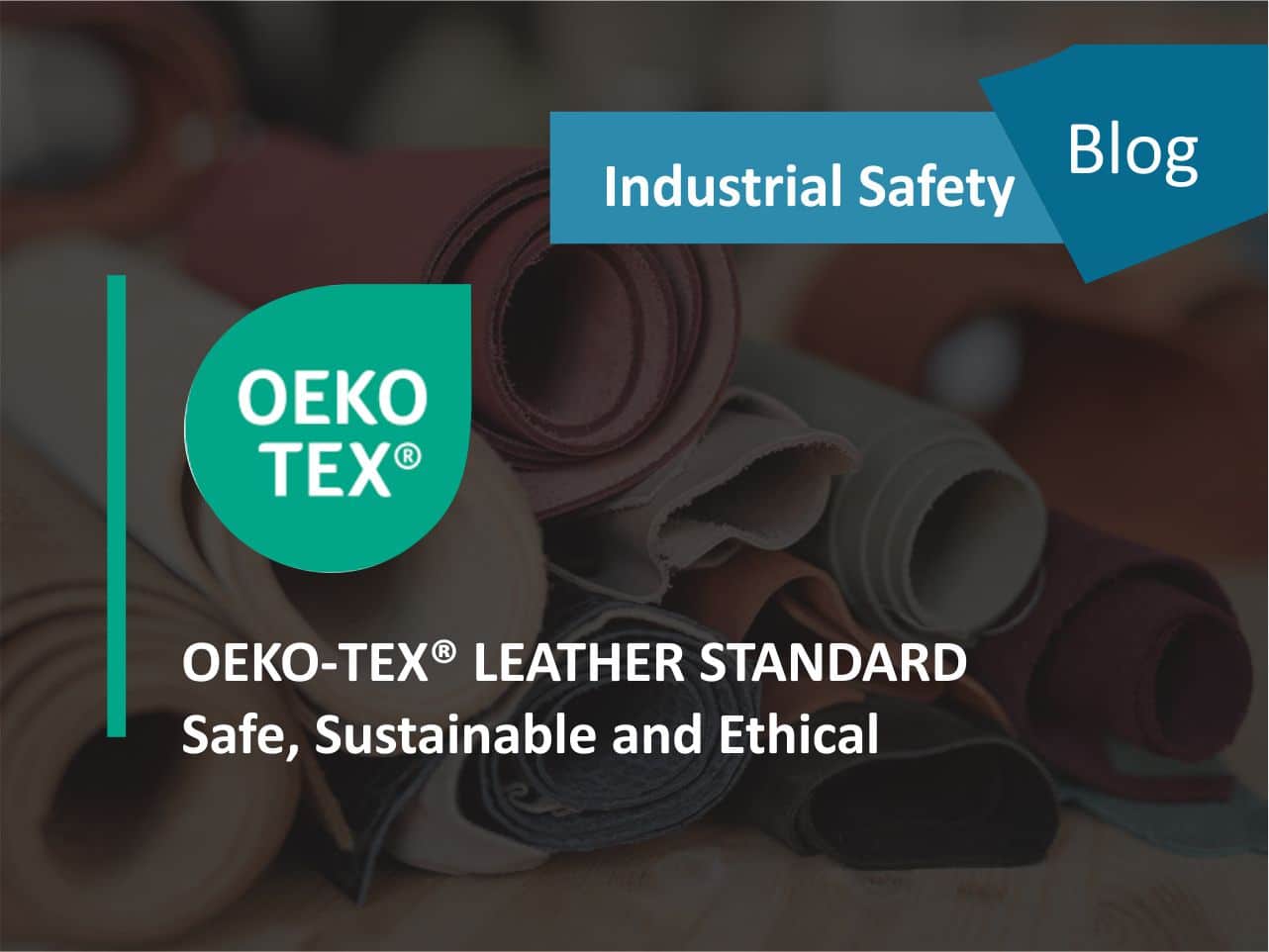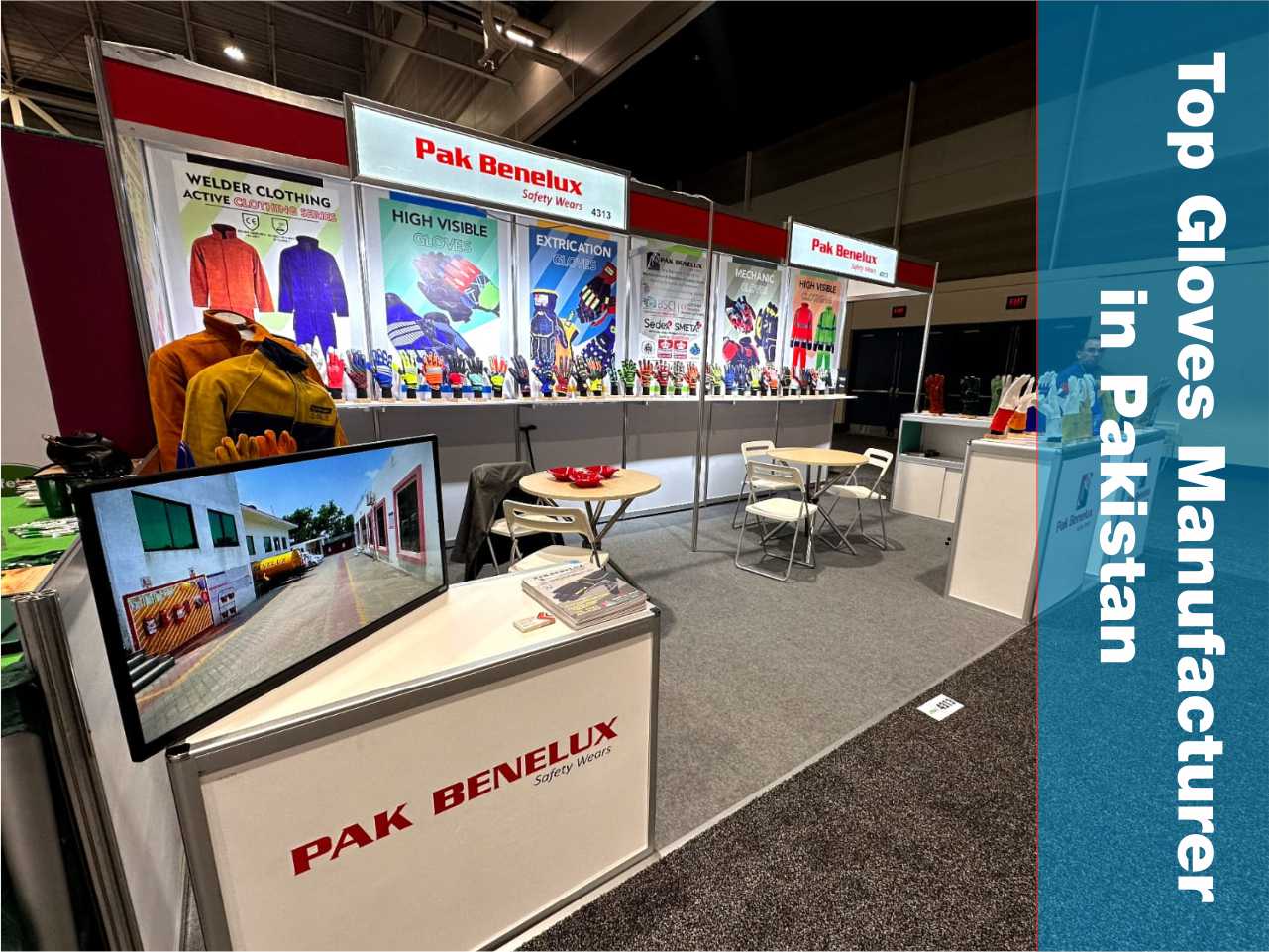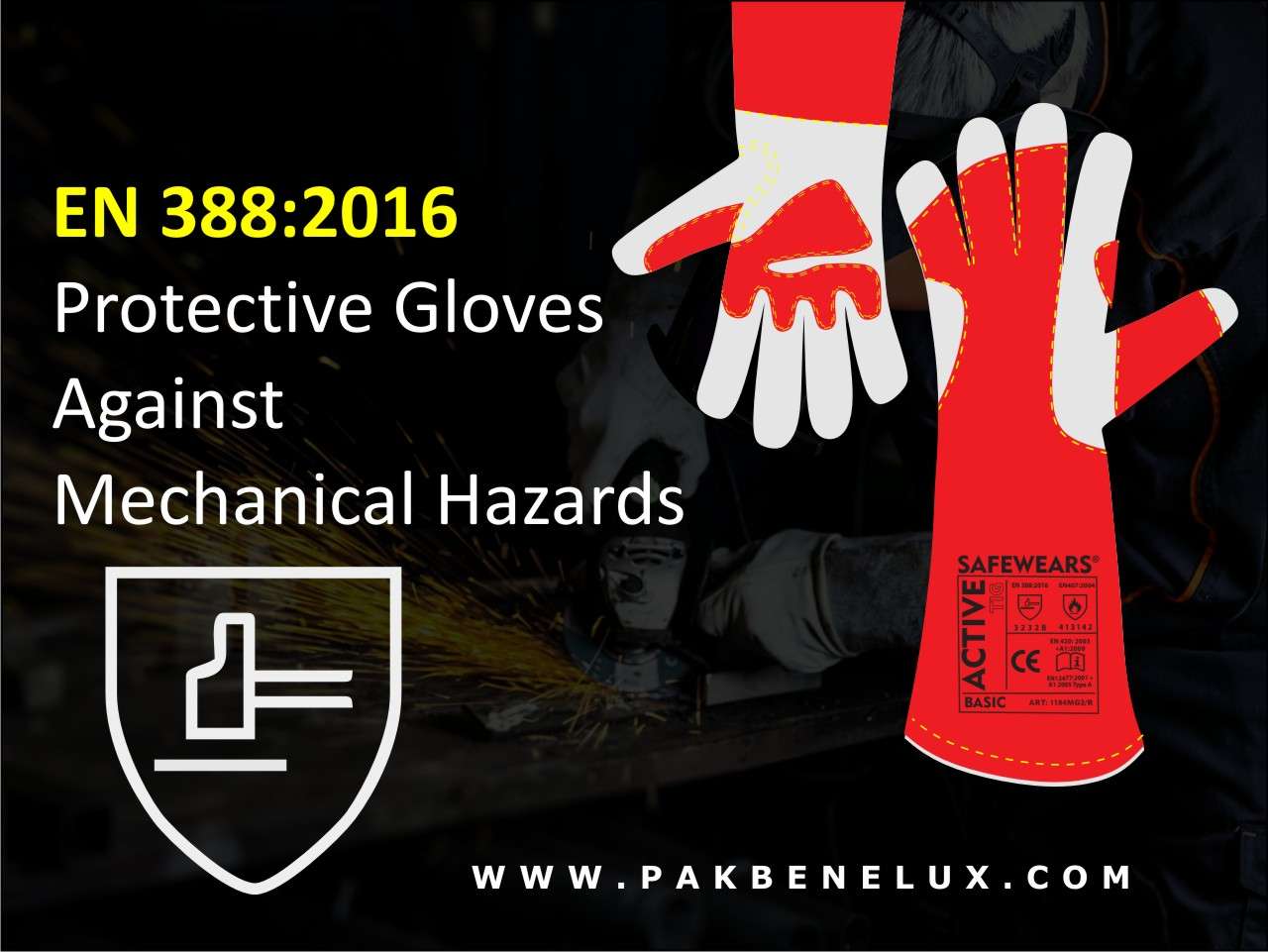The OEKO-TEX® LEATHER STANDARD is a globally recognized certification system that applies to leather products. This standard ensures that leather articles are tested for harmful substances and produced under environmentally friendly and socially responsible conditions. It is part of the broader OEKO-TEX® family of certifications, which aim to ensure the safety and sustainability of textiles and leather products.
What is OEKO-TEX® LEATHER STANDARD?
The OEKO-TEX® LEATHER STANDARD is a certification developed by the International Association for Research and Testing in the Field of Textile and Leather Ecology (OEKO-TEX®). It is specifically designed for leather materials and products, distinguishing it from other OEKO-TEX® certifications like the STANDARD 100, which applies to textiles.
This certification encompasses all stages of leather production, from the raw material (animal hides and skins) to the finished leather product. The LEATHER STANDARD by OEKO-TEX® tests for harmful chemicals and substances that could pose health risks to consumers, as well as for environmental and social factors in the production process.
Key Features of OEKO-TEX® LEATHER STANDARD
- Harmful Substance Testing:
- Comprehensive Testing: The certification involves rigorous testing of leather for harmful substances, including heavy metals (e.g., chromium VI), formaldehyde, pentachlorophenol, and other chemicals that could be dangerous to human health.
- Global Regulations Compliance: Products tested under this standard comply with numerous national and international regulations, ensuring that they are safe for consumers worldwide.
- Updates: The criteria and limit values for testing are regularly updated based on new scientific knowledge and legal requirements, ensuring that the standard remains current.
- Environmental Responsibility:
- Sustainable Production Practices: The certification promotes environmentally responsible production methods. This includes efficient use of water and energy, waste management, and the reduction of environmental pollutants.
- Resource Management: Emphasis is placed on the responsible sourcing and processing of raw materials, including the use of leather that is a by-product of the food industry rather than from animals raised specifically for their hides.
- Chemical Management: Strict controls on the use of chemicals during the tanning and dyeing processes ensure minimal environmental impact.
- Social Responsibility:
- Ethical Labor Practices: The LEATHER STANDARD also considers the social aspects of production, such as ensuring fair wages, safe working conditions, and the prohibition of child labor.
- Transparency and Traceability: The certification process requires transparency in the supply chain, which helps ensure that leather products are produced under ethical conditions.
- Product Range:
- The OEKO-TEX® LEATHER STANDARD applies to a wide range of leather products, including:
- Footwear (e.g., shoes, boots)
- Leather garments (e.g., jackets, pants)
- Accessories (e.g., belts, bags, gloves)
- Upholstery (e.g., furniture, car interiors)
- This broad application makes the certification relevant across various industries and markets.
- The OEKO-TEX® LEATHER STANDARD applies to a wide range of leather products, including:
- Certification Process:
- Independent Testing: The certification is granted only after independent testing by OEKO-TEX® institutes, ensuring impartiality and reliability.
- Product Labeling: Products that meet the requirements of the OEKO-TEX® LEATHER STANDARD can carry the certification label, which is recognized by consumers globally as a mark of safety and quality.
Importance of OEKO-TEX® LEATHER STANDARD
- Consumer Safety:
- The primary importance of the OEKO-TEX® LEATHER STANDARD is its focus on ensuring that leather products are free from harmful substances. This is crucial for protecting consumers from potential health risks associated with toxic chemicals in leather goods.
- Environmental Protection:
- The certification promotes sustainable and environmentally friendly production practices, helping to reduce the ecological footprint of leather manufacturing. This aligns with growing consumer demand for environmentally responsible products and helps manufacturers meet regulatory requirements for environmental protection.
- Market Competitiveness:
- With increasing awareness of and demand for safe, sustainable, and ethically produced goods, having OEKO-TEX® LEATHER STANDARD certification can enhance a brand’s reputation and marketability. It provides a competitive edge by assuring consumers and business partners of the safety and ethical standards of the products.
- Compliance and Risk Management:
- For manufacturers, the OEKO-TEX® LEATHER STANDARD helps ensure compliance with international regulations and standards, reducing the risk of legal issues and product recalls. It also fosters a culture of continuous improvement in production processes, benefiting both the environment and the business.
- Global Recognition:
- As a globally recognized certification, the OEKO-TEX® LEATHER STANDARD facilitates access to international markets. It assures retailers, distributors, and consumers worldwide that the products meet stringent safety and ethical standards.
Conclusion
The OEKO-TEX® LEATHER STANDARD is a crucial certification for the leather industry, combining rigorous testing for harmful substances with a strong commitment to environmental and social responsibility. It offers significant benefits to manufacturers, consumers, and the environment, making it an essential standard for modern leather production. For businesses in the leather industry, obtaining this certification can be a vital step toward meeting the growing demand for safe, sustainable, and ethically produced products.






